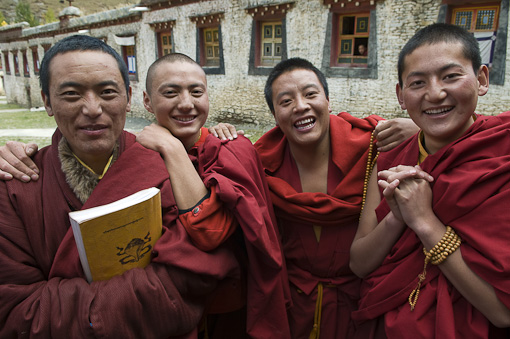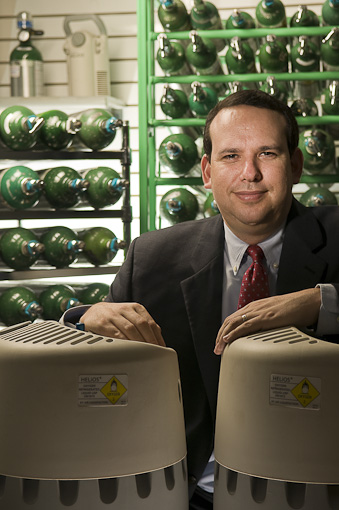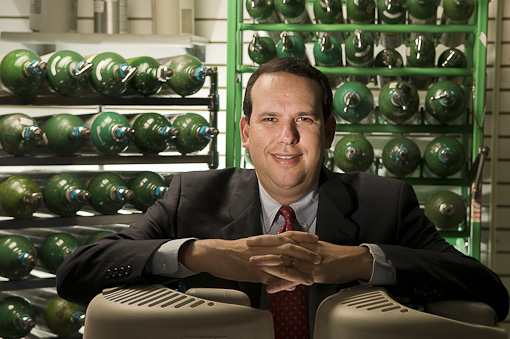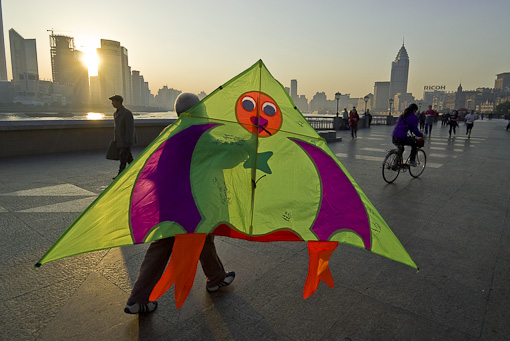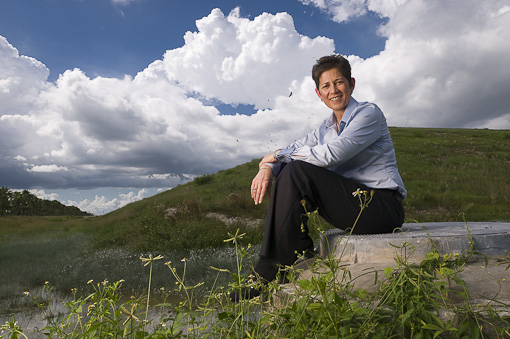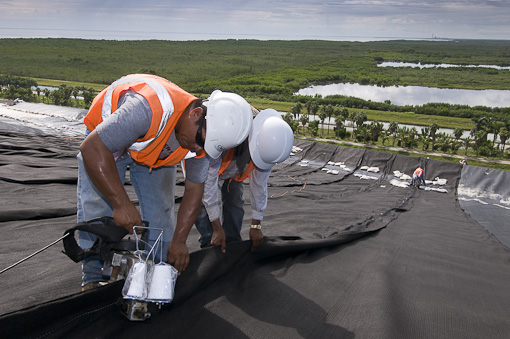When I put together a multimedia presentation my goal is to combine still photographs with audio interviews and natural sound that give the viewer a fuller, more compelling experience than any one of those elements alone could do by themselves.
Story telling photographs can stand on their own quite well, say in a daily newspaper, as can an audio interview of the subject broadcast on the radio, yet the marriage of the two through multimedia on your computer screen or even as a podcast on your tiny iPod screen seems to present more information in a lot more exciting way. (If mentioning newspapers and radios in the same sentence dates me, well, so be it.)
Hearing the story subject speak in their own voice lends more legitimacy to the photographs, and photograph of the speaker places the voice in context ... the viewer can trust as real what they both see and hear.
And in my opinion adding a bed of natural sounds underneath the photos and interview adds a fourth dimension of spice, texture and realism to the presentation. Ambient sounds makes the entire dish sizzle with reality, like smelling the aroma of the chef’s creation as final proof the food is real.
I’m very excited about my latest multimedia project from my November trip to China’s Sichuan Province, 72 photographs with two dozen field recorded sound clips combined into an audio slide show. Relying on only natural sounds and no interviews, here is the three minute 20 second show.
You may ask, why not just shoot video ? The best answer is that I play to my strengths of being an experienced still photographer and a good listener. I know how to capture story telling moments in time as a photojournalist and portrait photographer, and understand how to blend photo selection, point of view and sequencing to linear story telling in multimedia.
And I’m finding recording audio in the field very fulfilling, as I’ve blogged about before here and here.
Both of these skills I can be good at on my own, a one man band in the field. Please note that good photography and good audio are two separate and equally important jobs. To do each one well requires close attention to creative and technical skills, so balancing both in the field is a dance of compromise.
At the Tagong Temple I was recording a monk playing drum and cymbal, and through the window could see more monks outside in the courtyard playing shell horns, a great photo. Grrrrr. But I had to remind myself to be happy with the moment, and I did record some great sound.
But with video, life becomes a lot more complicated. There is a reason they have “video crews”, with producer, director, director of photography, sound tech, camera operator, gaffer, caterer and on and on. And once it’s shot you need narration, music and full scale production services. Should a client need video, I partner with those who specialize in these areas.
On my own in China, I’ll keep it simple and keep listening for photos and looking for sounds.
Here's a link to more multimedia photography from China.
Both of these skills I can be good at on my own, a one man band in the field. Please note that good photography and good audio are two separate and equally important jobs. To do each one well requires close attention to creative and technical skills, so balancing both in the field is a dance of compromise.
At the Tagong Temple I was recording a monk playing drum and cymbal, and through the window could see more monks outside in the courtyard playing shell horns, a great photo. Grrrrr. But I had to remind myself to be happy with the moment, and I did record some great sound.
But with video, life becomes a lot more complicated. There is a reason they have “video crews”, with producer, director, director of photography, sound tech, camera operator, gaffer, caterer and on and on. And once it’s shot you need narration, music and full scale production services. Should a client need video, I partner with those who specialize in these areas.
On my own in China, I’ll keep it simple and keep listening for photos and looking for sounds.
Here's a link to more multimedia photography from China.
